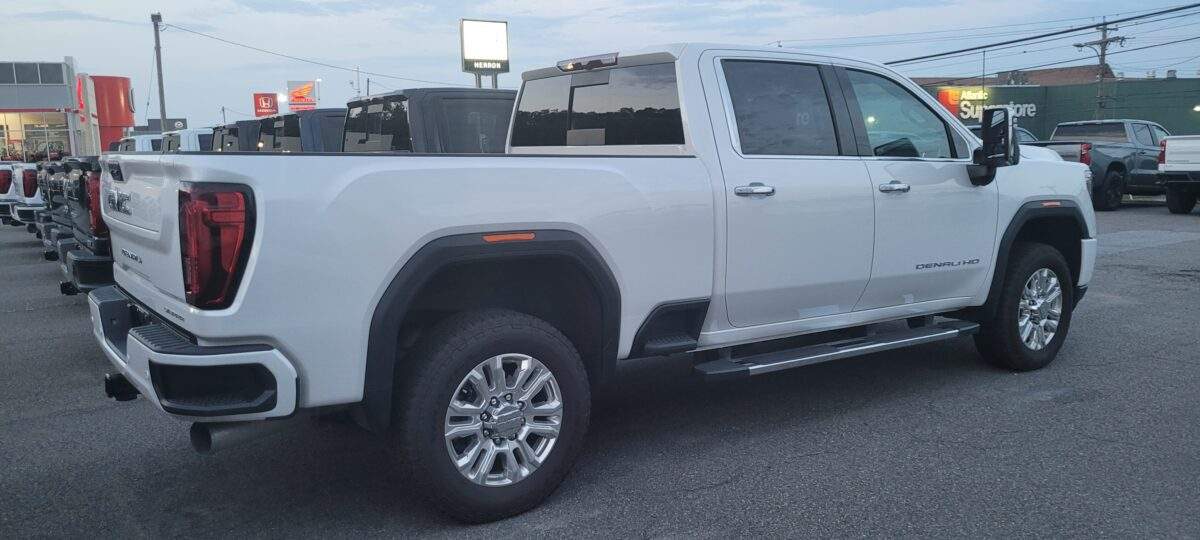
How Much Weight Can I Put In The Bed Of My Truck
Knowing your truck’s weight capacity is essential for safe and efficient hauling.
Several factors determine this limit, including your truck’s specifications and the nature of the cargo.
Understanding Weight Limits
- Gross Vehicle Weight Rating (GVWR): This is the maximum allowable weight of your vehicle, including passengers, cargo, and fluids. It’s usually found on a sticker inside the driver’s door or in the owner’s manual.
- Payload Capacity: This is the difference between your truck’s GVWR and its curb weight (the weight of an empty vehicle). It indicates how much weight you can safely add to your truck.
Factors Affecting Weight Capacity
- Truck Bed Size: Larger truck beds can generally accommodate more weight than smaller ones.
- Truck Model: The make and model of your truck also play a role, as different trucks have varying GVWRs and payload capacities.
- Load Distribution: Evenly distributing heavy items throughout the bed and keeping them closer to the cab can help maintain balance and stability.
| Factor | Description | Importance |
|---|---|---|
| Gross Vehicle Weight Rating (GVWR) | The maximum allowable weight of your vehicle, including passengers, cargo, and fluids. | Determines the overall weight limit of your truck. |
| Payload Capacity | The difference between the GVWR and the curb weight (weight of an empty vehicle). | Indicates how much weight you can safely add to your truck (cargo and passengers). |
| Truck Bed Size | Larger beds generally accommodate more weight. | Affects the amount of cargo you can physically fit in your truck bed. |
| Truck Model | Different models have varying GVWRs and payload capacities. | Consult your owner’s manual for specific weight limits. |
| Load Distribution | Evenly distributing weight and keeping heavy items closer to the cab improves balance and stability. | Essential for safe handling and preventing damage to your truck. |
Safety Considerations
Exceeding your truck’s weight limits can lead to:
- Reduced fuel efficiency
- Increased wear and tear on brakes and other components
- Compromised handling and braking performance
- Potential legal issues due to exceeding state regulations
How to Increase Load Capacity (Safely)
If you need to boost your truck’s load capacity, consider:
- Aftermarket tires: Upgrading to tires with a higher load rating can increase your carrying capacity.
- Suspension upgrades: Airbags or overload springs can improve your truck’s suspension and handling under heavy loads.
Important Tips for Safe Hauling
- Consult your owner’s manual: It contains valuable information about your truck’s specifications and safe loading practices.
- Secure your cargo: Use straps or rope to prevent items from shifting during transport.
- Distribute weight evenly: Avoid overloading one side of the truck or placing excessive weight at the tailgate.
- Check local regulations: Some states have laws limiting cargo weight, so be sure to comply with them.
By understanding your truck’s weight limits and following safe loading practices, you can haul cargo safely and efficiently while protecting your vehicle and avoiding potential hazards.
Remember: When in doubt, consult your manufacturer’s guidelines or seek advice from a qualified mechanic to ensure safe and responsible hauling.
Sources
- https://www.bullringusa.com/determine-truck-payload-capacity/
- https://www.bullringusa.com/truck-payload-capacity/
We hope you enjoyed this post on How Much Weight Can I Put In The Bed Of My Truck
